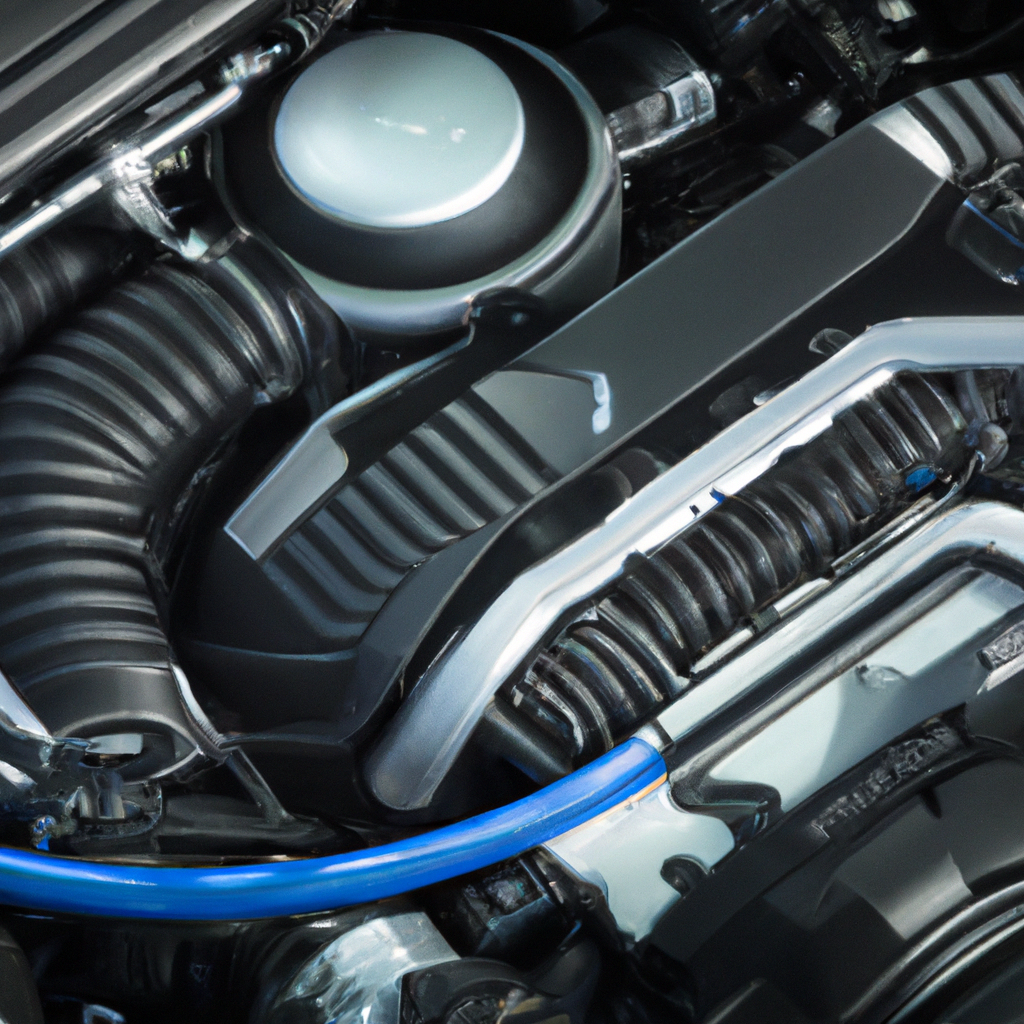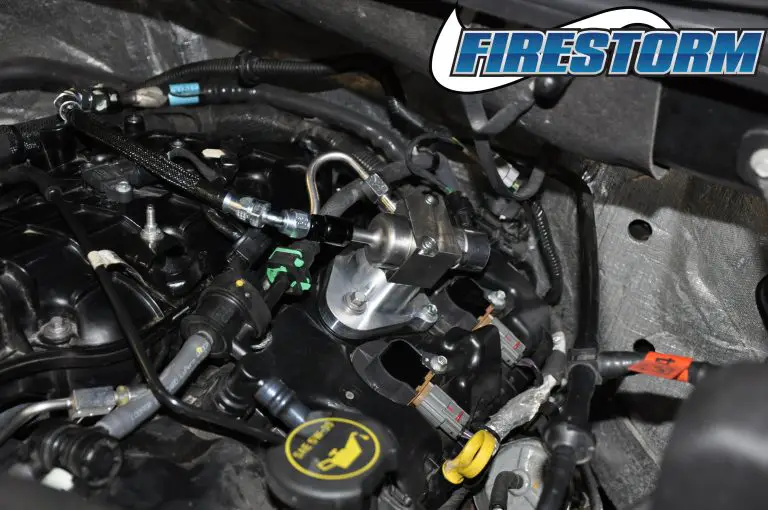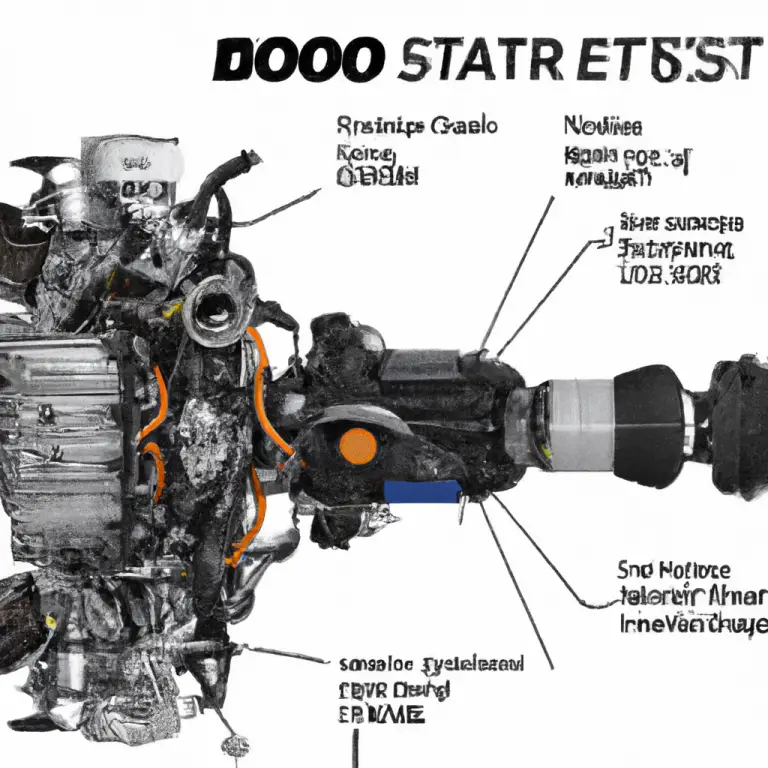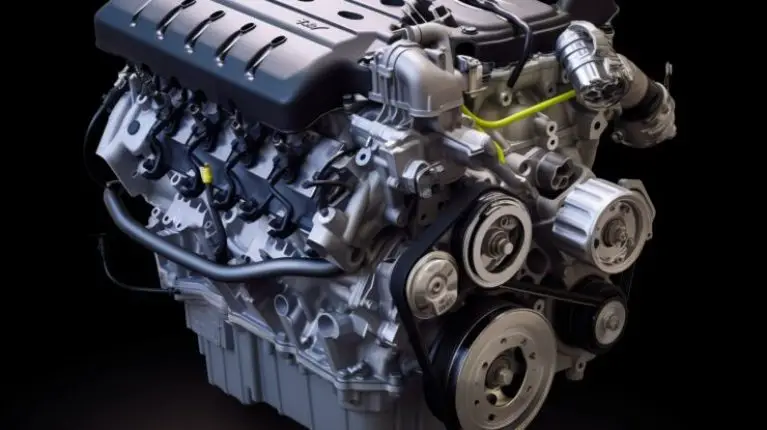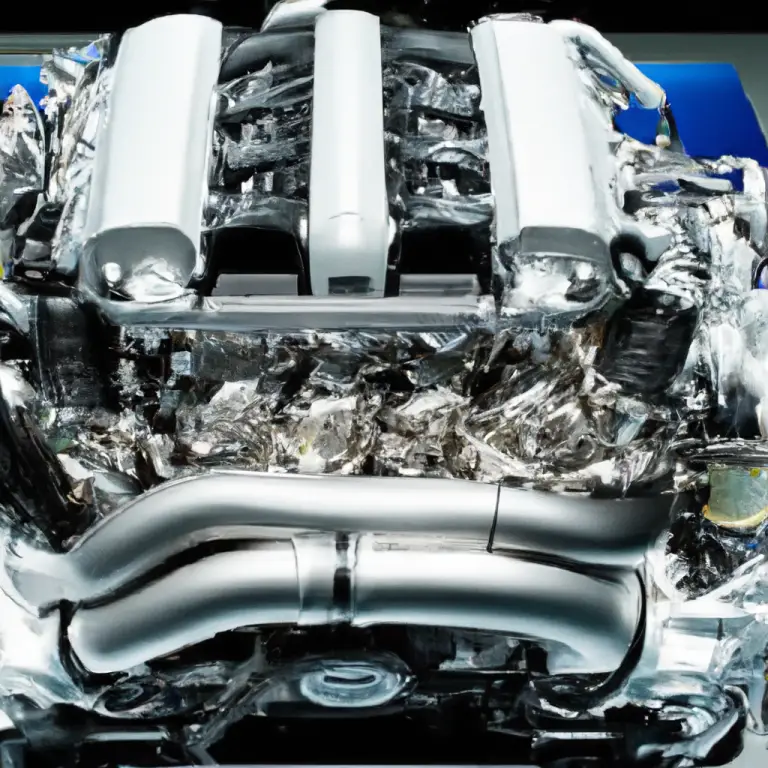Understanding the Capacity: How Much Boost Can a 3.5 Ecoboost Handle?
Last Updated on by David Jon
In the world of automotive performance, knowing the limits of your engine’s capacity is paramount, and Ford’s 3.5 EcoBoost engine is no stranger to such inquiries. This article breaks down precisely how much turbo boost a 3.5 EcoBoost can tolerate, thereby providing valuable information for those seeking to maximize performance while ensuring longevity and reliability. Through analyzing various real-world tests, coupled with insights from certified automotive experts, I aim to provide a detailed yet easily digestible guide, shedding light on this widely debated topic.

Understanding the 3.5 Ecoboost Engine
The Basics of the 3.5 Ecoboost
The 3.5 Ecoboost is a twin-turbocharged, direct fuel injection engine manufactured by Ford. Debuted in 2009, it is part of Ford’s family of Ecoboost engines that emphasize high performance and energy efficiency. The 3.5-liter, V6 configuration generates considerable horsepower and torque, making it suitable for various applications, from family vehicles to high-performance sports cars and trucks.
Major Components of the 3.5 Ecoboost
The vital components of the 3.5 Ecoboost are the two turbochargers, which supplement the engine’s power. Other major elements include the direct fuel injection system, which allows for cleaner and more accurate fuel delivery, and the variable camshaft timing, which improves engine performance across a broader range of speeds. The engine block and cylinder heads are made from stretched aluminum for lightweight strength.
Performance Specifications of the 3.5 Ecoboost
The 3.5 Ecoboost pairs twin-turbo technology with six cylinders to generate between 320-450 horsepower and up to 510 lb-ft of torque, depending on the specific model and application. Its abundant displacement and advanced technology allow it to achieve impressive fuel efficiency for its class.
The Function of Boost in Turbocharged Engines
The Principle of Turbocharging
Turbocharging relies on the principle of using exhaust gas energy to spin a turbine and a compressor to force more air into the engine cylinders. This additional air, coupled with an extra amount of fuel, results in more powerful combustion and, thus, greater engine output.
Benefits of Boost in Engines
Boost not only aids in increasing engine power output, but it also improves efficiency, as a turbocharged engine can be smaller and lighter than a non-turbocharged engine of equivalent power. Furthermore, turbocharging can contribute to reducing emissions by reusing exhaust gasses that would otherwise be wasted.
How Boost Influences Engine Performance
Boost essentially increases the air density in the combustion chambers, which enables the engine to burn more fuel and thereby produce more power. It is a key factor in modern high-performance engines, significantly influencing their output, efficiency, and emissions.
Limits of the 3.5 Ecoboost’s Boost Capacity
Factory Boost Limits for the 3.5 Ecoboost
Ford configures the 3.5 Ecoboost to run between 10 to 12 psi of boost from the factory, depending on the model and application. This limit is conservative to ensure the engine’s reliability and longevity under various operating conditions and driver habits.
Real-World Experiences with the 3.5 Ecoboost’s Boost Limit
Some owners have reportedly pushed their 3.5 Ecoboost engines beyond the factory-set boost limits, with varying degrees of success. While these engines are quite robust, exceeding the designed limits can lead to increased wear, longer-term reliability issues, or even severe damage.
Increasing the Boost in a 3.5 Ecoboost
Aftermarket Turbochargers
To increase the boost in a 3.5 Ecoboost, some owners opt to install larger aftermarket turbochargers. These can deliver more air to the engine and, when properly tuned, significantly enhance vehicle performance.
Intercoolers and Downpipes
Changing out the standard intercoolers and downpipes for larger, more efficient versions can also be beneficial. These parts can increase airflow, reduce heat, and minimize backpressure in the exhaust, thereby helping to increase the boost.
Tuning the ECU for Increased Boost
Electronic Control Unit (ECU) modifications can be an effective way to safely increase boost levels. Customized ECU tunings can optimize the engine’s performance and allow it to safely handle the additional boost.

Consequences of Over-Boosting a 3.5 Ecoboost
Engine Strain and Overheating
Attempting to boost a 3.5 Ecoboost beyond its limits can prematurely strain the engine and potentially cause it to overheat. If these issues are not promptly addressed, they can lead to significant engine damage.
Long-term Structural Damage
Excessive boost can cause long-term structural damage to the engine, including cracked cylinder heads, blown head gaskets, and damaged pistons. It is crucial to ensure the desired level of power does not compromise the engine’s ability to operate smoothly and reliably for many thousands of miles.
Impacts on Fuel Efficiency and Emissions
Although more boost can increase engine power, it can also negatively impact fuel consumption and emissions. Over-boosted engines may consume more fuel, thus lowering their overall fuel efficiency. Additionally, they can produce higher emissions, which can be concerning from an environmental standpoint.
Safe Ways to Modulate the Boost in your 3.5 Ecoboost
Monitor Engine Temperature
One of the most crucial ways to safely increase the boost in your 3.5 Ecoboost is by conscientiously monitoring engine temperature. Investing in a good quality engine temperature gauge can help ensure that the engine does not overheat.
Proper Maintenance of Turbocharger
Proper maintenance of the turbocharger can also be key in safely modifying boost levels. This includes regular inspections, cleaning and, if required, replacing the turbochargers when they show signs of wear.
Adequate Upgrade of Supporting Components
Last but not least, it is essential to upgrade members that support the engine when modifying the boost. This may include the fuel injectors, fuel pump, cooling system components, and the transmission.
Examples of High-Performance 3.5 Ecoboost Vehicles with Increased Boost
3.5 Ecoboost in Ford F-150 Raptor
In the Ford F-150 Raptor, the 3.5 Ecoboost engine offers a high level of performance, thanks in part to a larger turbocharger and a higher boost setting. The engine impressively delivers up to 450 horsepower and 510 lb-ft of torque.
Ford GT with 3.5 Ecoboost
The Ford GT supercar also utilizes a variant of the 3.5 Ecoboost, engineered for extreme performance. It boasts 647 horsepower and 550 lb-ft of torque, demonstrating just how much potential the engine has, particularly when operating at higher boost levels.
Expert Advice on Handling Increased Boost in 3.5 Ecoboost
Professional Tuners
For owners seeking to increase the boost in their 3.5 Ecoboost, it is highly recommended to consult with a professional tuner. The tuner can provide a customized map for your vehicle, enhancing its performance while ensuring its operation remains within safe parameters.
Mechanics Specializing in Ford Ecoboost Engines
A mechanic with expertise in Ford Ecoboost engines can also be beneficial. Their in-depth knowledge can guide you through the process of increasing the boost, helping prevent common issues and ensuring your vehicle retains its value and reliability.
Common Problems Encountered When Increasing Boost in 3.5 Ecoboost
Overheating Issues
Overheating is a common problem when increasing the boost in a 3.5 Ecoboost, especially when doing so without the required supporting upgrades. It can potentially lead to serious engine damage if not managed correctly.
Loss of Power Under Load
Another common issue is the loss of power under load, which often results from improper tuning or problems with the turbochargers. It can make the vehicle difficult or even unsafe to drive.
Unexpected Engine Failures
Increasing boost can also lead to unexpected engine failures if precautions are not taken. This can include blown head gaskets, cracked cylinder heads, or even complete engine failure, requiring costly repairs or replacement.
Conclusion: Balancing High Performance with Engine Longevity
Understanding the Risks of High Boost
While increasing the boost in a 3.5 Ecoboost can significantly enhance its performance, it is vital to understand the potential risks. Over-boosting can cause numerous problems, including overheating, loss of power, and engine damage.
The Need for Adequate Supporting Modifications
Also, the need for supporting modifications should not be underestimated. Upgrading the turbochargers, intercoolers, downpipes, and other components along with regular maintenance can help prevent many common issues related to increased boost.
Making an Informed Decision About Increasing Boost
Ultimately, it’s about making an informed decision. Balancing the desire for increased power with the need for reliability and the preservation of engine life is crucial. With proper planning, professional guidance, and careful execution, moderate increases in boost can bring about a desirable level of increased performance in a 3.5 Ecoboost without sacrificing its longevity.

